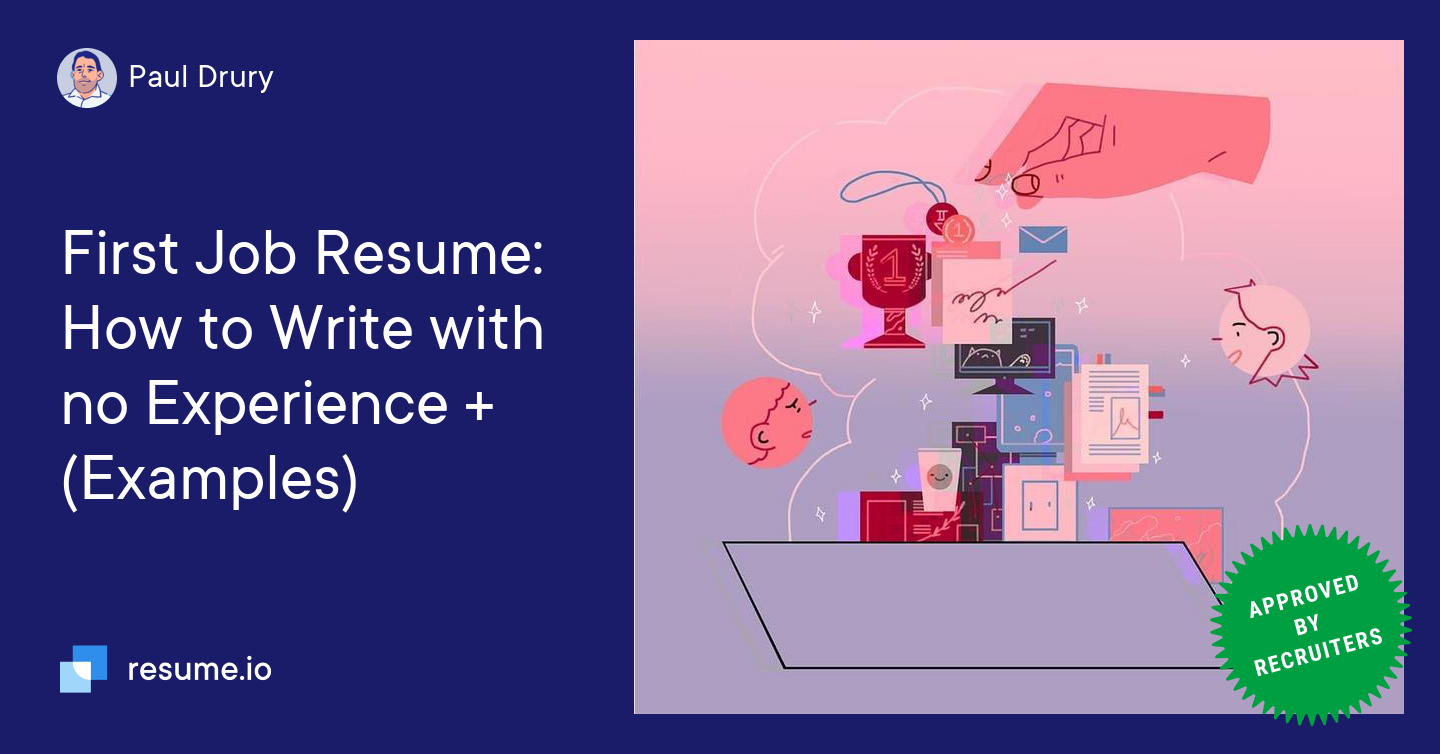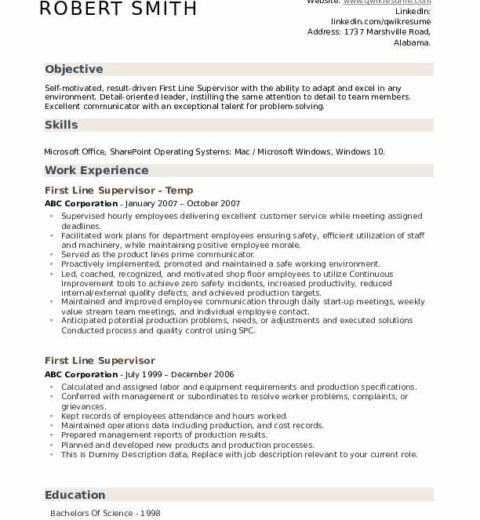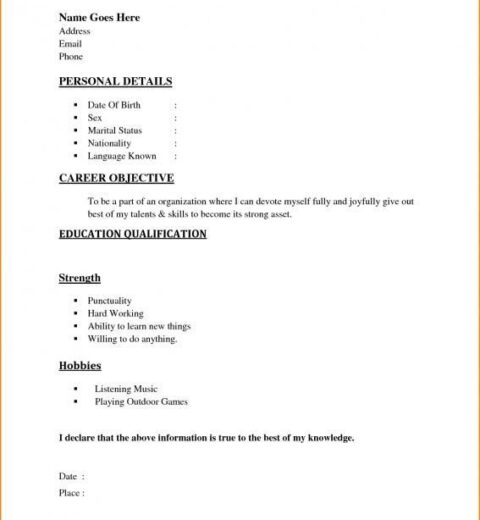Entering the workforce for the first time can be an exhilarating yet daunting experience. Crafting a resume that effectively showcases your skills, education, and potential is crucial to making a positive first impression. For many, the primary concern is how to create an impressive resume despite limited experience. This guide will illuminate the essential components of a standout resume that can help you secure that coveted first job.
Understanding the Purpose of a Resume
Before delving into the specifics of resume creation, it is vital to appreciate its purpose. A resume serves as a marketing tool that highlights your abilities and qualifications to potential employers. It is your first opportunity to introduce yourself and can determine whether you advance to the interview stage.
Choosing the Right Format
The first decision in resume creation involves selecting a format that best represents your background. There are three primary resume formats: chronological, functional, and combination. For first-time job seekers, a functional format may be advantageous. This structure emphasizes skills over experience, making it suitable for those with limited work history. Alternatively, a chronological format efficiently showcases educational achievements, pertinent internships, or volunteer activities, allowing employers to see your progression over time.
Crafting a Compelling Objective Statement
Once the format is selected, the next crucial element is the objective statement. This brief section should encapsulate your career aspirations and what you can bring to the prospective employer. Aim to articulate your ambitions succinctly while highlighting relevant skills. For instance, a compelling objective may read, “Enthusiastic recent graduate seeking to leverage strong communication skills and a proactive approach to contribute effectively in a customer service role.”
Highlighting Relevant Skills
Next, it is imperative to focus on the skills section. First-time job seekers often possess transferable skills acquired through education, part-time jobs, extracurricular activities, or volunteer work. Critical skills to consider include:
- Communication: Verbal and written communication is vital in almost every job.
- Teamwork: Employers seek candidates who can collaborate effectively.
- Problem-Solving: Showcase your ability to think critically and address challenges.
- Time Management: Illustrate your capacity to prioritize tasks and meet deadlines.
Align these skills with the job description wherever possible, as this demonstrates a genuine interest in the position and a fitting profile for the role.
Detailing Education and Certifications
For many first-time job seekers, education serves as a pivotal focal point in their resumes. List your educational qualifications clearly, starting with the most recent. Include the institution’s name, degree obtained, and graduation year. If relevant coursework or honors exist, do not hesitate to include these, as they may provide further evidence of your capabilities. If you possess any certifications, such as First Aid or CPR training, be sure to highlight these as well, as they can differentiate you from other candidates.
Incorporating Work Experience
Although you may not have formal employment history, any volunteer work, internships, or part-time jobs should be included to bolster your resume. Provide specifics about your roles and responsibilities, using action verbs to convey accomplishments. For example, instead of saying “helped with customer service,” say “proactively assisted customers in resolving issues, enhancing the overall satisfaction and retention rate.” Utilize quantifiable achievements where possible, such as “increased social media engagement by 30% during a summer internship” to provide tangible evidence of your impact.
Formatting for Readability
Once the content is ready, the formatting must ensure readability. A clean, professional layout with standard fonts such as Arial or Times New Roman in sizes 10-12 point will enhance clarity. Use bullet points for easy skimming and ensure ample white space to avoid overwhelming the reader. Title each section clearly, and maintain consistent spacing and alignment throughout the document.
Tailoring Your Resume
One of the most critical steps in the resume creation process is customizing your resume for each job application. Analyze the job description closely and incorporate keywords relevant to the position. This enhances your visibility in applicant tracking systems and demonstrates your compatibility with the prospective employer’s needs.
Finalizing and Proofreading
After drafting your resume, take the time to proofread meticulously. Spelling and grammatical errors can undermine your professionalism and attention to detail. Additionally, seek feedback from trusted mentors or peers, as they may offer valuable insights or notice inconsistencies you may have overlooked.
Utilizing Online Resources
In this digital age, numerous resources are available to assist first-time job seekers in refining their resumes. Websites such as career service centers, resume builders, and templates can provide additional guidance. Online workshops or courses may also help you hone your resume-writing skills further.
Conclusion
Creating a resume for your first job can be a manageable task with the right approach and understanding. By emphasizing your skills, educational achievements, and relevant experiences, you can craft a compelling document that effectively markets you as a promising candidate. A well-constructed resume not only serves as a gateway to employment opportunities but also sets the stage for your future career. Remember, the goal is to convey your potential and readiness to undertake new challenges, even if you are just starting your professional journey.




